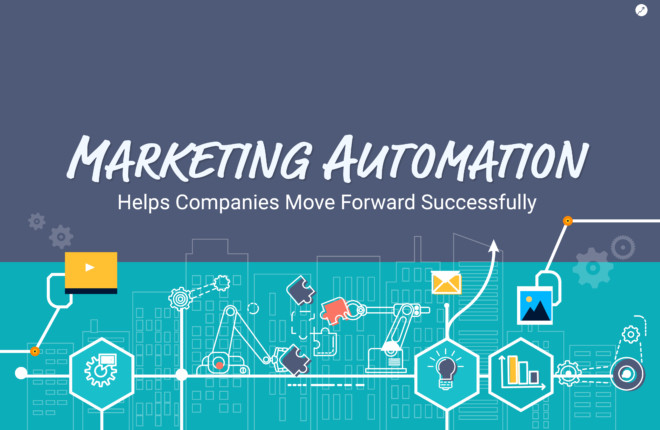Marketing automation is a powerful, sophisticated way of prioritizing, executing, and measuring critical marketing activities. It not only involves the use of advanced software and technology, but it also requires a well-thought-out strategy to generate the expected results.
Marketing automation frees up marketing time and effort by sensibly automating activities aimed at personalizing marketing content and nurturing prospects to convert them into customers. For instance, automating social media ads and posts can save over 6 hours per week. Further, chatbots can accelerate response times, answer up to 80% of routine questions, and save approximately 30% of customer support costs.
B2B companies use marketing automation to automate the process of identifying qualified leads and nurturing them to sales-readiness. This allows sales reps to directly approach prospects to close a deal or start a relationship with them. Integrating marketing automation with inbound marketing enables B2B companies to engage a target audience with useful, relevant, and tailored content when and how they need it.
Some of the most important components of automating marketing are a martech stack, an analytics engine, an engagement marketing engine, and a central marketing database. A modern marketing automation software has several features such as CRM integration, content management, campaign management, lead nurturing, website visitor tracking, email marketing, landing pages, and data security.
These features help users realize an impressive marketing automation ROI. Note that automated emails have a 152% higher click-through rate and a 70.5% higher open rate than generic email newsletters.
Marketing automation can be a great move if you:
- Have a reliable lead nurturing strategy to scale
- Track interactions and behaviors of leads across all marketing channels, not just email
- Have a content strategy mapped to the buyer’s journey
- Generate a regular flow of qualified and new leads
- Have trained your staff on automating marketing campaigns
- Have already tested the MAP you’re going to use
The following infographic compiles key statistics and includes some of the biggest myths about marketing automation.






